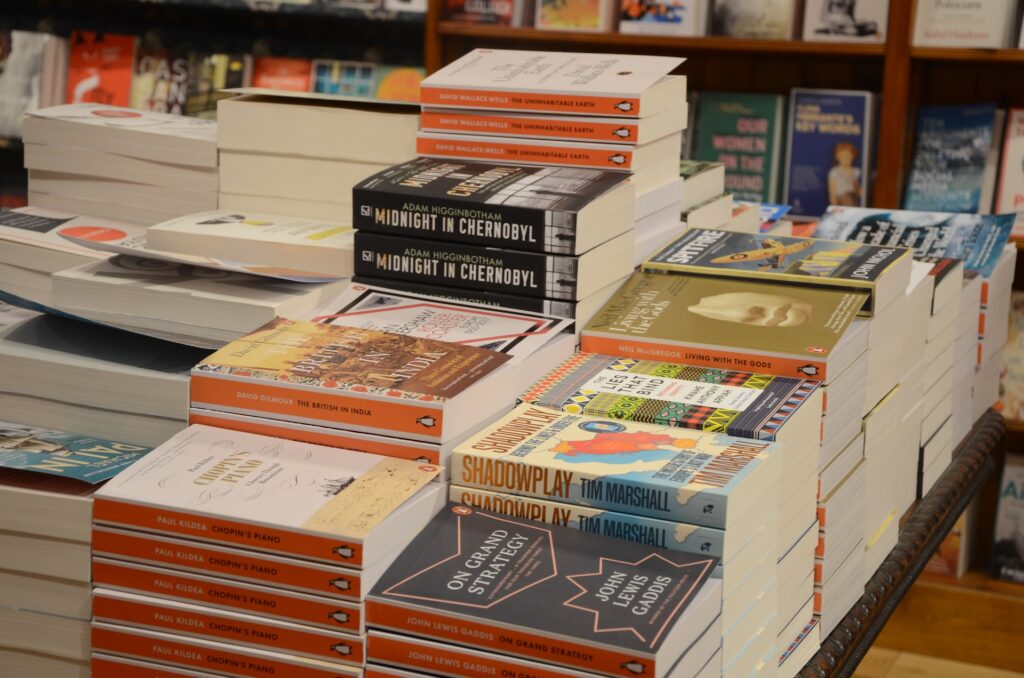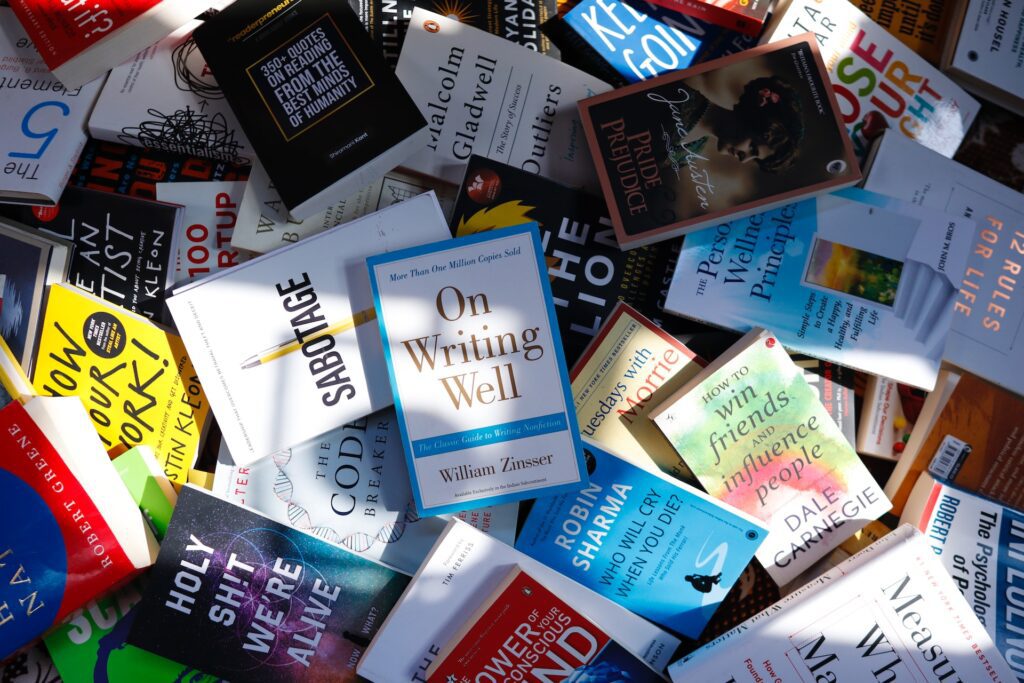Publishing
An Insider’s Guide to Getting a Non-Fiction Book Deal
You’ve thought of an amazing idea for a non-fiction book that you feel passionately you need to write. But how do you get an agent or publisher to believe in the idea too?
Unlike fiction, you don’t necessarily need to have written a whole book before getting a publisher on board and getting a non-fiction book deal.
In order to get your non-fiction book published, you will have to write a book proposal that gives publishers and editors a clear sense of what the book will be and who it will be for. The proposal needs to include all the information publishers need to understand the project, and give an idea of what the final book will feel like as a reading experience.
Lydia Yadi is a Commissioning Editor at Penguin Random House and Novlr evangelist who has published four Sunday Times bestsellers. She commissions smart-thinking, personal development, business, and psychology books, and acquires for the Penguin Business and Penguin Life imprints.
This insider’s guide will give you a great introduction for a head start in getting your non-fiction book in front of a publisher, but if you’d like to go into more detail, you can join Lydia’s Complete Guide to Writing Your Non-fiction Book Proposal course, right here on Novlr!

1. Summary and overview
Start with a one-sentence summary of what the book is and why it is going to sell. If you’re struggling with this, think about a question that this book will answer. Then expand this positioning statement to write a brief paragraph explaining the content and appeal of the book.
It’s incredibly important to explain your idea as clearly as possible, and have a strong idea of whether your book is going to educate or entertain the reader and how.
Is your book going to be an eye-opening commentary on current affairs canvassing interviews from leading voices in the field; an inspiring guide to adopting a new lifestyle or behaviour filled with practical tools and exercises; or a gripping retelling of a well-known battle using original source material?
2. Chapter breakdown
After the summary, you will need to write a chapter breakdown to illustrate the structure of the book and the themes you will engage with.
You should write a paragraph or two about what each chapter will cover. While brevity and clarity were important for the book summary, here you can go into much more detail to get the publisher excited by the project.
3. Sample writing
Beyond the chapter breakdown, it’s very useful to include sample writing as this will give the publisher a greater sense of what your writing style is like and what the reading experience will be.
4. Know your audience
It’s very important to consider who the target audience of the book is.
In Stephen King’s book, On Writing, he described writing his first book with an “Ideal Reader” in mind. He imagined a woman of about thirty-five, well-educated and well-read, but not snooty, and always pressed for time – perhaps a healthcare professional or a teacher. This woman is reading the novel purely for entertainment whilst commuting on the bus.
Having an “Ideal Reader” in mind will help focus your thinking and positioning around the book. Be as precise as possible about who the core market will be. What else is this person into? How do they usually consume media? Do they like podcasts? Do they read one or fifteen books a year? Do they like reading eBooks or listening to audiobooks? How do they discover books—in bookshops or by word of mouth?
5. Know the market
As well as thinking about the target audience, it is important to look at similar books that are already available in the market. In your proposal, you should explain what other books are already published in this space, and why your book is both different and better. Publishers want to be confident that you have read widely and really understand the genre you are aiming to publish into, so make sure you’ve spent time getting to know the market.
If there are no similar books to yours, you might want to ask why. Though, of course, this might mean your book fills a gap in the market and you’re onto something!

6. In summary
Writing a strong book proposal is the best chance you have of getting a non-fiction book deal, so it’s important to spend the time and energy to make it as good as it can be. And remember, publishers are very busy people who might be reading as many as twenty proposals a week, so make sure you grab their attention from the beginning to the end.
Good luck!
Foolproof checklist
Here’s a checklist of things to include in your proposal:
- Positioning Statement
- Brief Summary
- Chapter Breakdown
- Target Audience
- Author Biography
- Competing Books
- Promotion and Marketing
- Specifications: Timings, Word Count, Format
Sample Writing
Why not create a new project in Novlr and give each chapter one of these headings and see where you get to? Then you can easily export to multiple formats and send it off!
Need a bit more guidance? Why don’t you try our Non-Fiction Book Proposal Course for yourself? It’s fully guided with writing and research exercises, and is the best way to ensure your book has the best start possible before sharing it with publishers and agents.